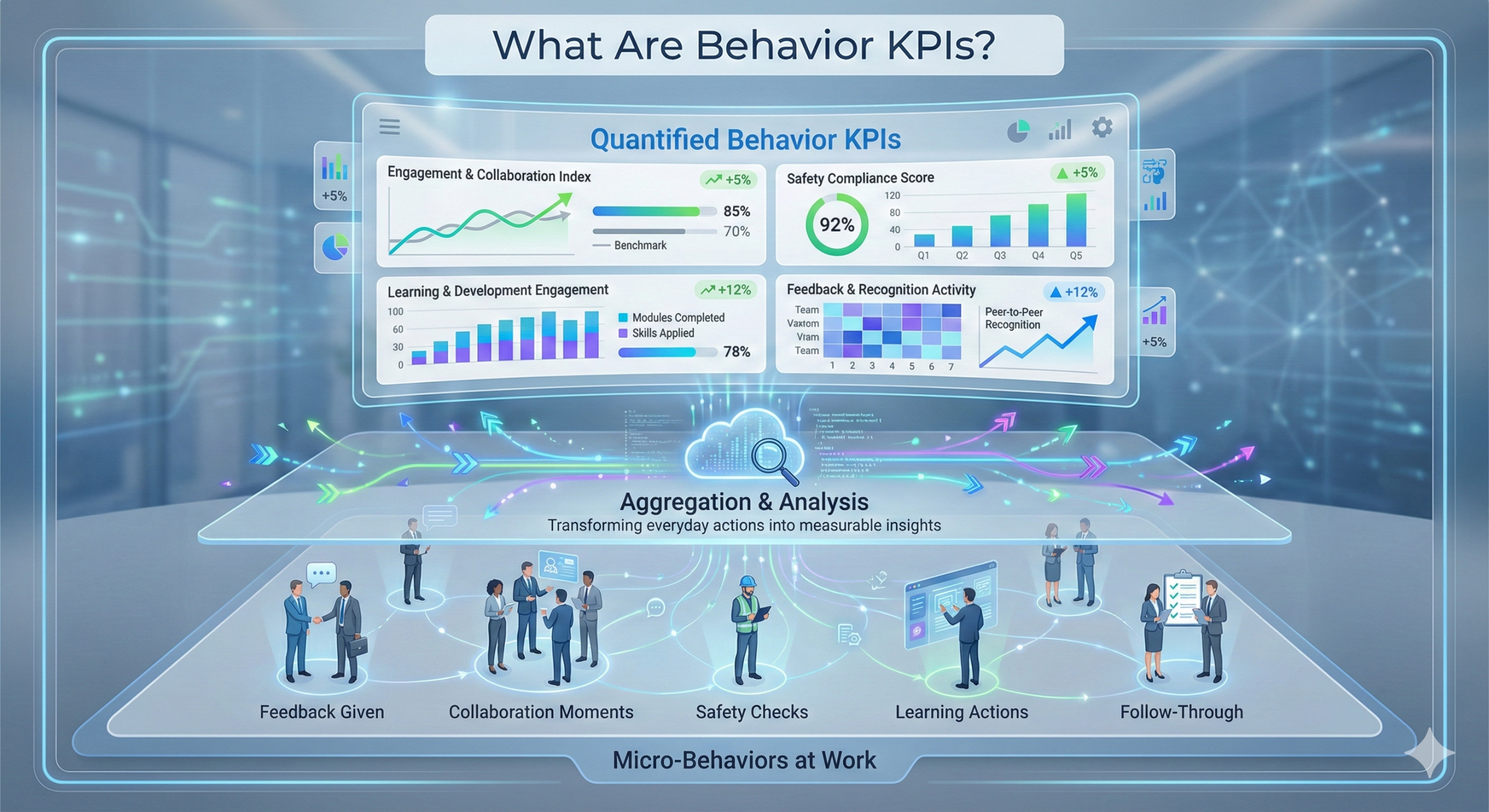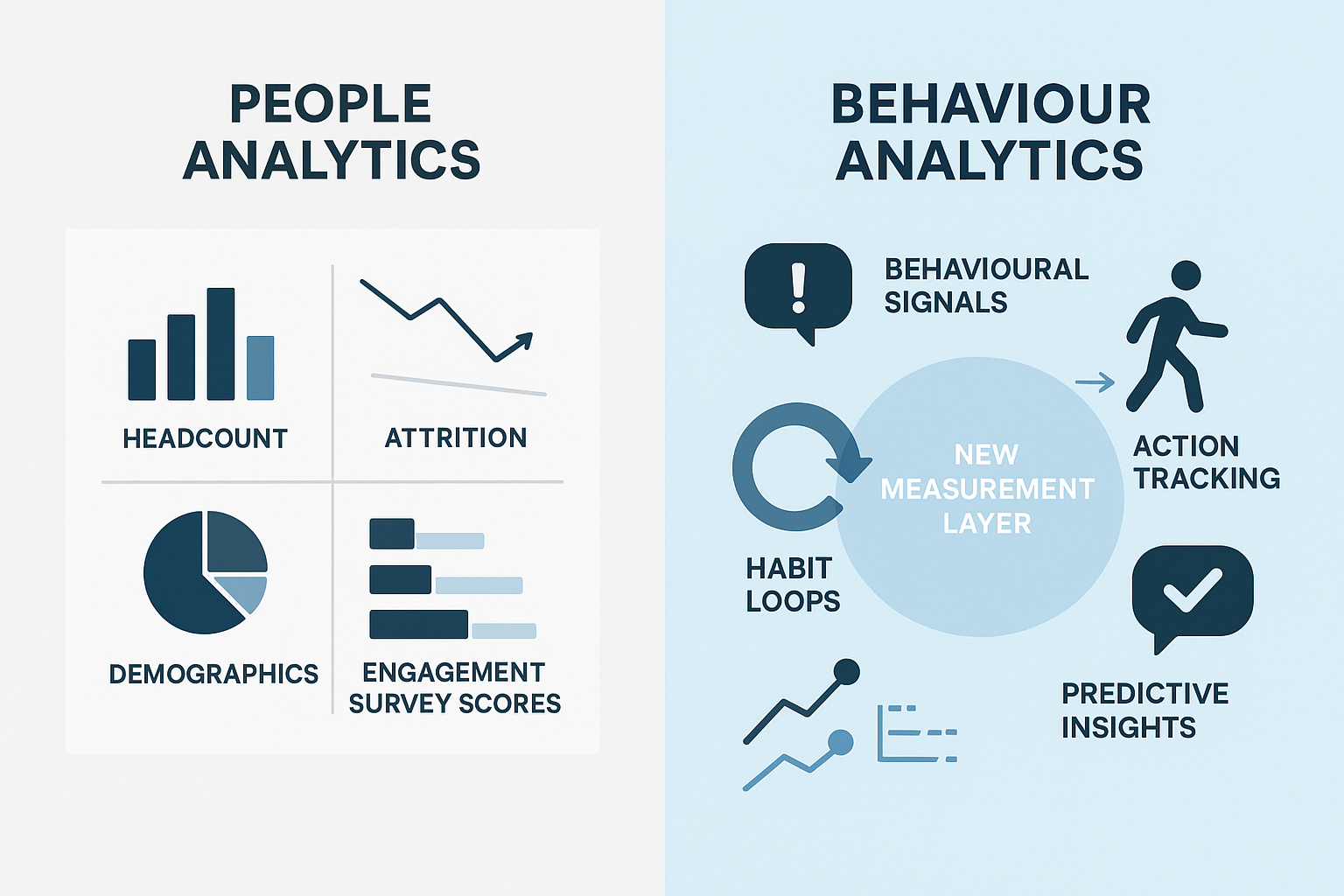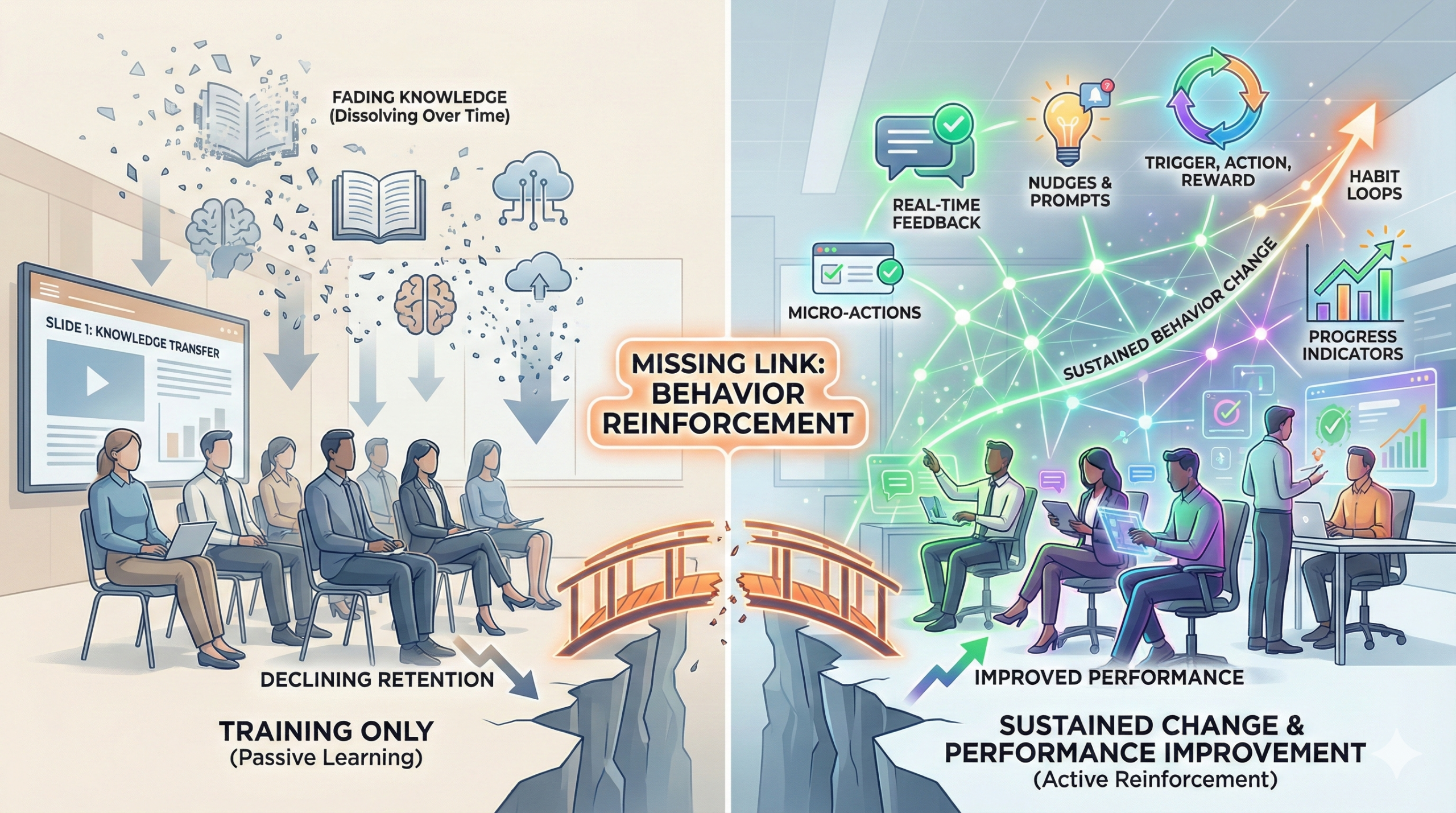The Science of Habit Formation in the Workplace
May 16th, 2024
Have you ever wondered why certain routines at work seem to naturally fall into place while others struggle to stick? The secret often lies in understanding the science of habit formation. By grasping how habits are formed and maintained, we can create a more productive and enjoyable work environment. Let’s explore this fascinating topic and discover how we can apply these insights to our daily work life.
The Psychology of Habit Formation
Understanding the psychology behind habit formation is crucial for implementing effective changes in the workplace. Habits are powerful because they shape our daily actions and, ultimately, our productivity and success. To build beneficial habits, it’s important to grasp how they are formed and maintained. One of the most insightful frameworks for understanding this is the habit loop.
The Habit Loop: Cue, Routine, Reward
At the heart of every habit is a process known as the habit loop. This concept, beautifully explained by Charles Duhigg in his book, “The Power of Habit,” consists of three key components:

- Cue: A trigger that initiates the habit.
- Routine: The behavior or action you perform.
- Reward: The positive reinforcement you receive after completing the routine.
Let’s unpack and understand each of these even more.
A cue is the initial trigger that starts the habit loop. It is an external or internal signal that tells your brain to start the routine. Cues can take many forms, such as a specific time of day, an emotional state, a particular location, or even the presence of certain people. The purpose of the cue is to set the brain into automatic mode and initiate a learned behavior pattern.
The Neuroscience of Cues
Neuroscience reveals that cues play a critical role in habit formation and reinforcement. When a cue is recognized, the brain’s basal ganglia, a region associated with habit formation and procedural learning, becomes activated. This activation helps the brain switch to a state where it can perform the routine almost automatically. This process conserves mental energy, allowing us to focus our conscious thought on more complex tasks.

Research has shown that cues trigger the release of dopamine, a neurotransmitter associated with pleasure and reward. This release occurs even before the routine is carried out, creating an anticipation of the reward. This anticipation makes the brain crave the routine and the associated reward, reinforcing the habit loop.
“Research has shown that cues trigger the release of dopamine, a neurotransmitter associated with pleasure and reward”
As potential content violations get routed to review teams, each reviewer is assigned a queue of posts to individually evaluate. Sometimes, this review means simply looking at a post to determine whether it goes against our policies, such as an image containing adult nudity, in instances when our technology didn’t detect it first.
In other cases, context is key. For example, our technology might be unsure whether a post contains bullying, a policy area that requires extra context and nuance because it often reflects the nature of personal relationships. In this case, we’ll send the post to review teams that have the right subject matter and language expertise for further review. If necessary, they can also escalate it to subject matter experts on the Global Operations or Content Policy teams.
When necessary, we also provide reviewers with additional information from the reported content. For example, words that are historically used as racial slurs might be used as hate speech by one person but can also be a form of self-empowerment when shared by another person, in a different context. In some cases, we may provide additional context about such words to reviewers to help them apply our policies and decide whether the post should be left up or taken down.











